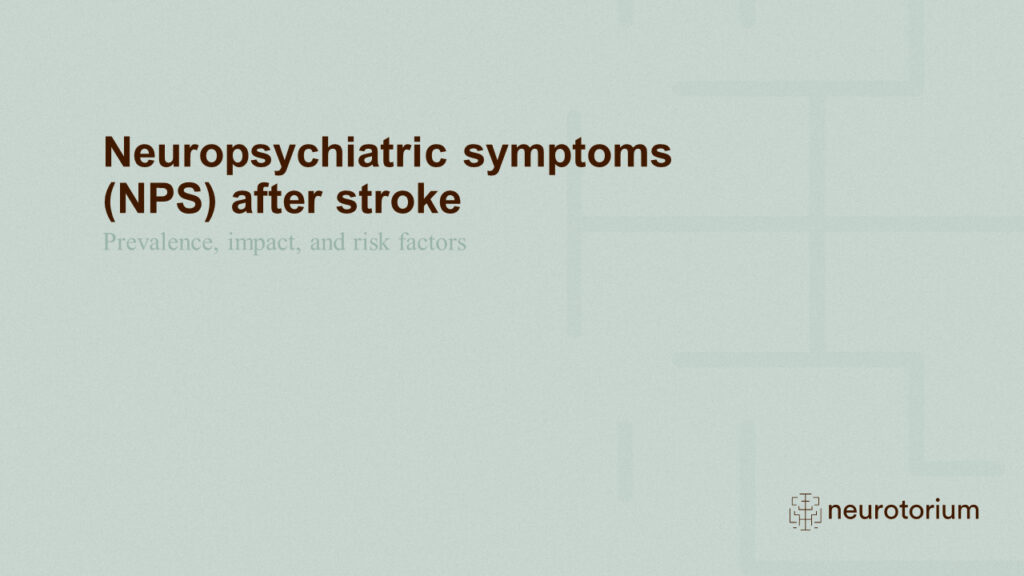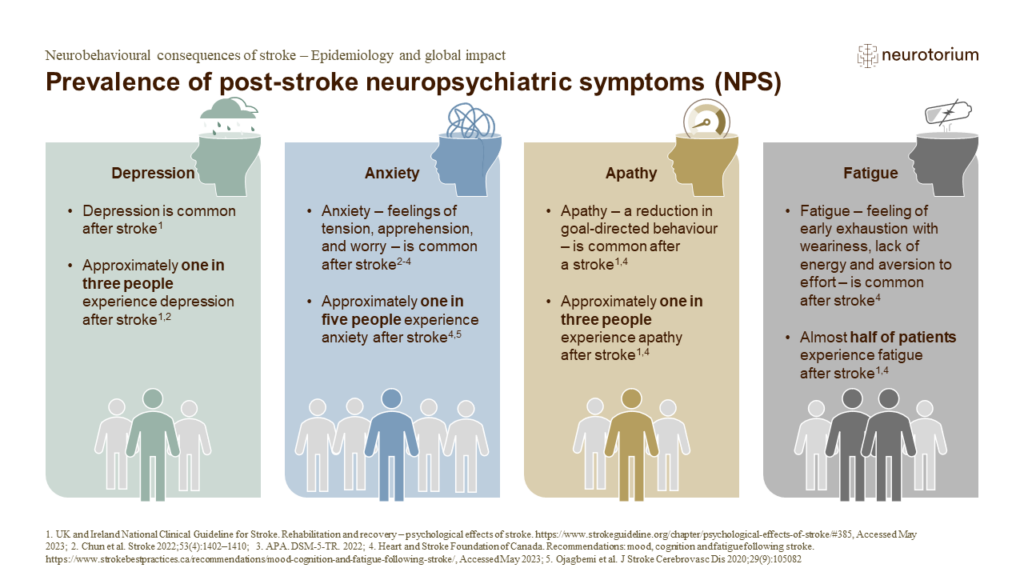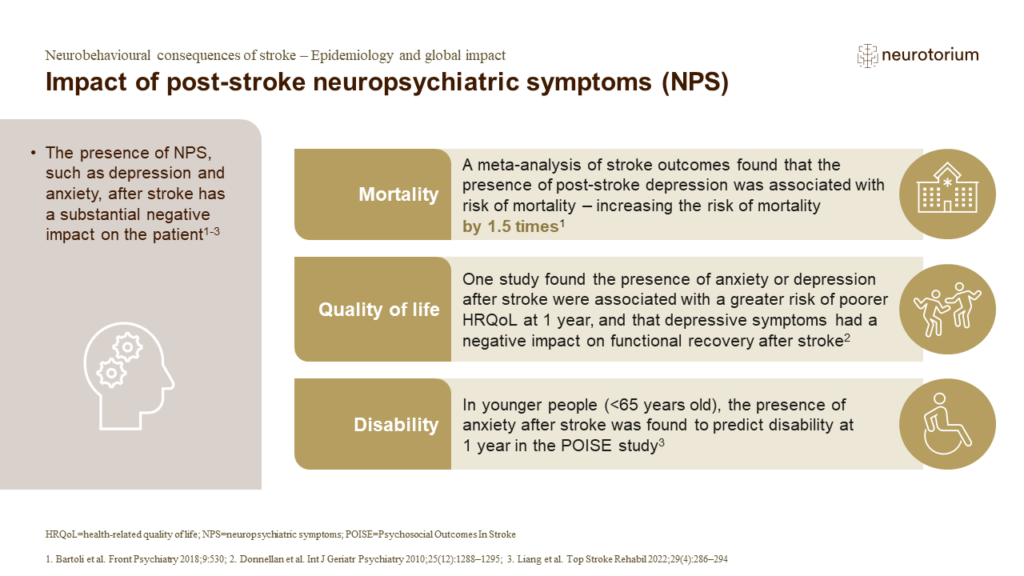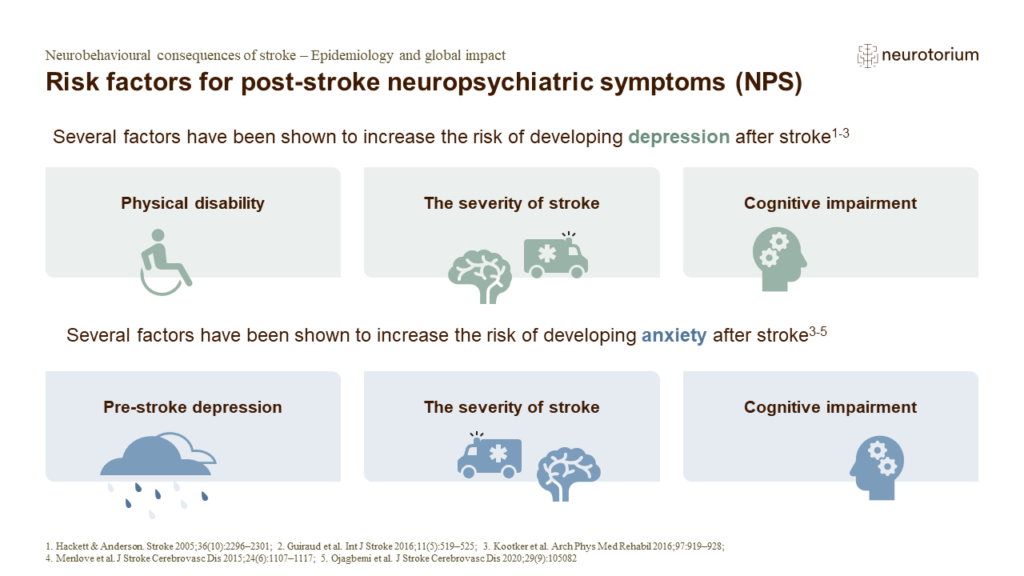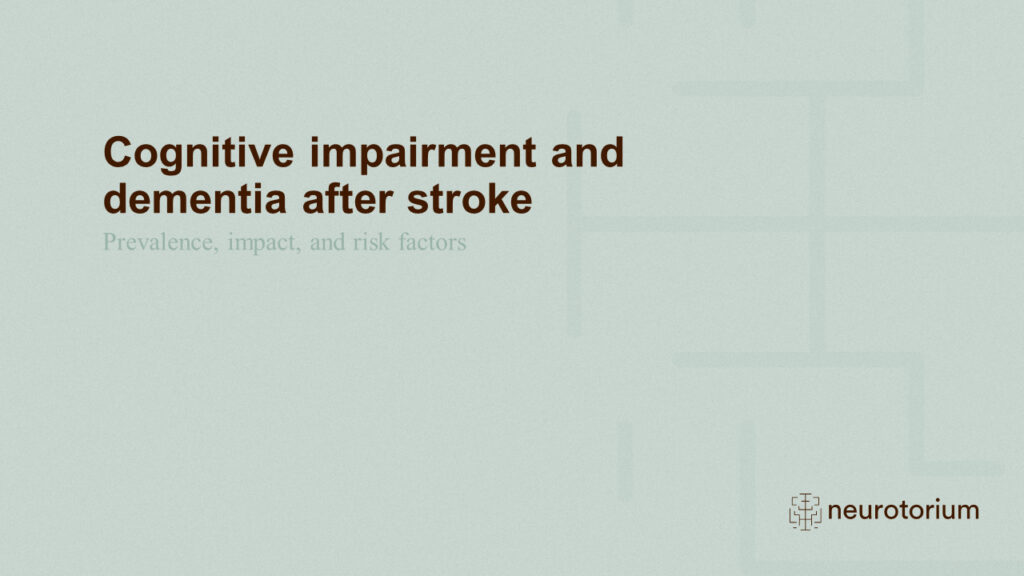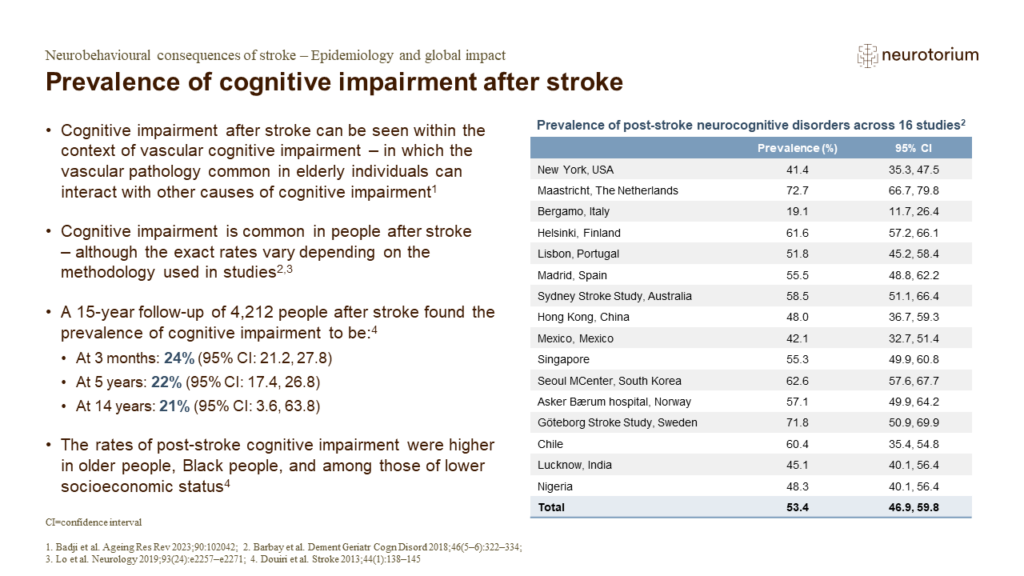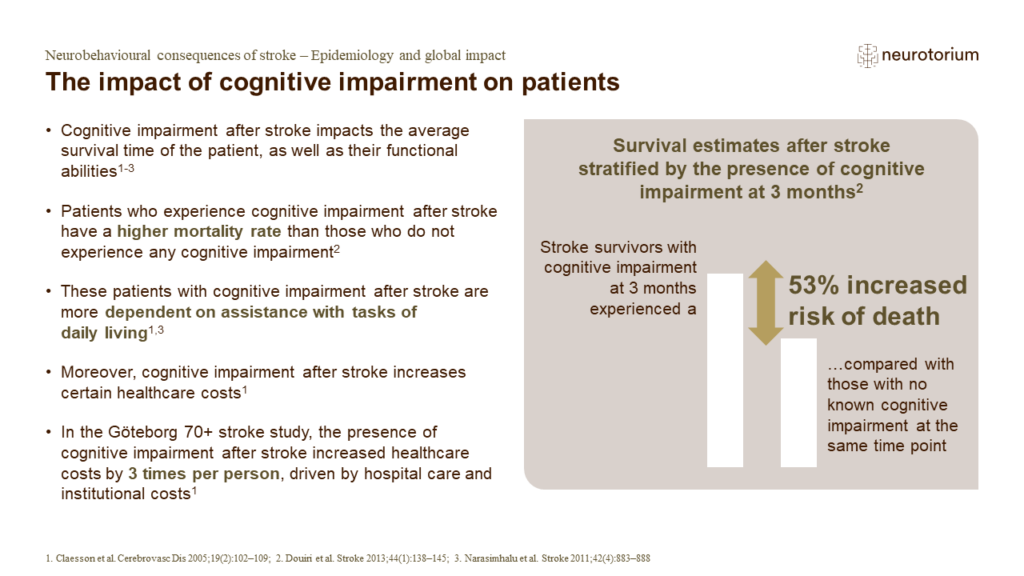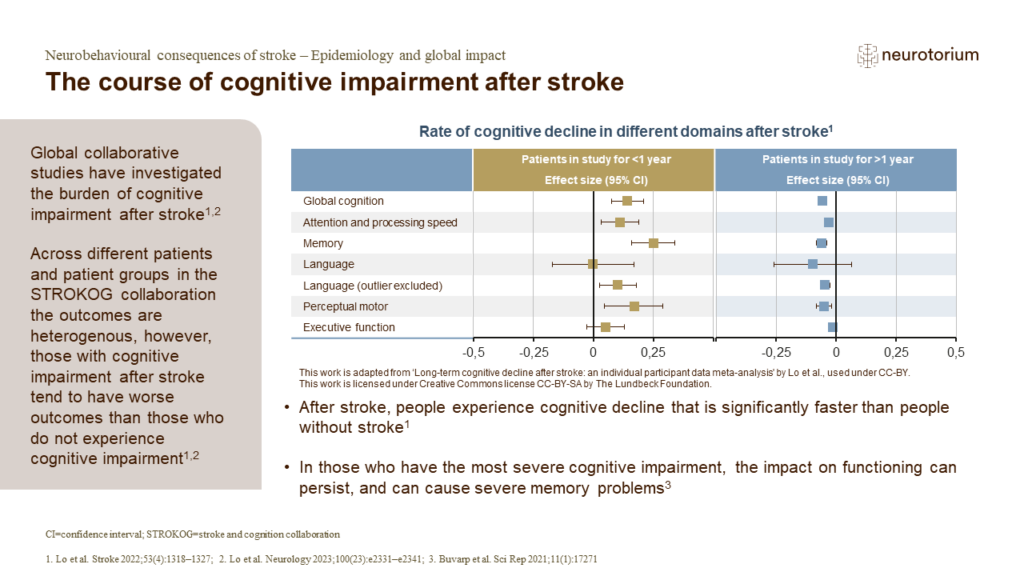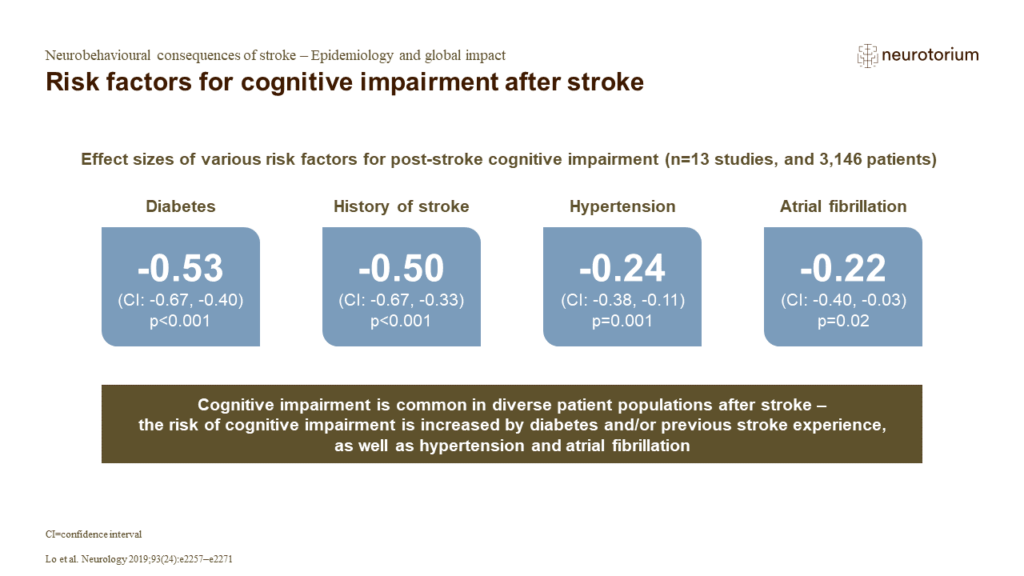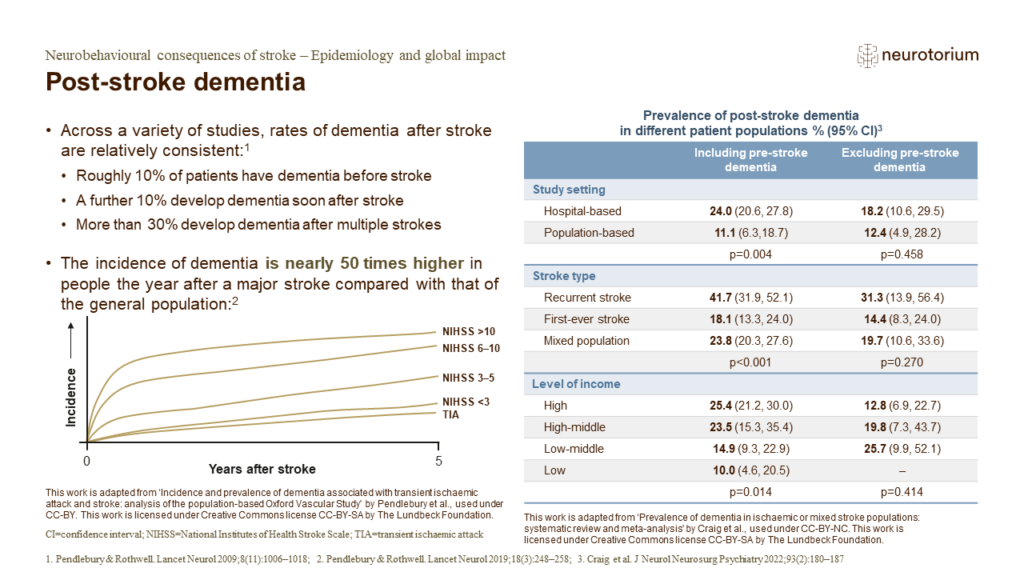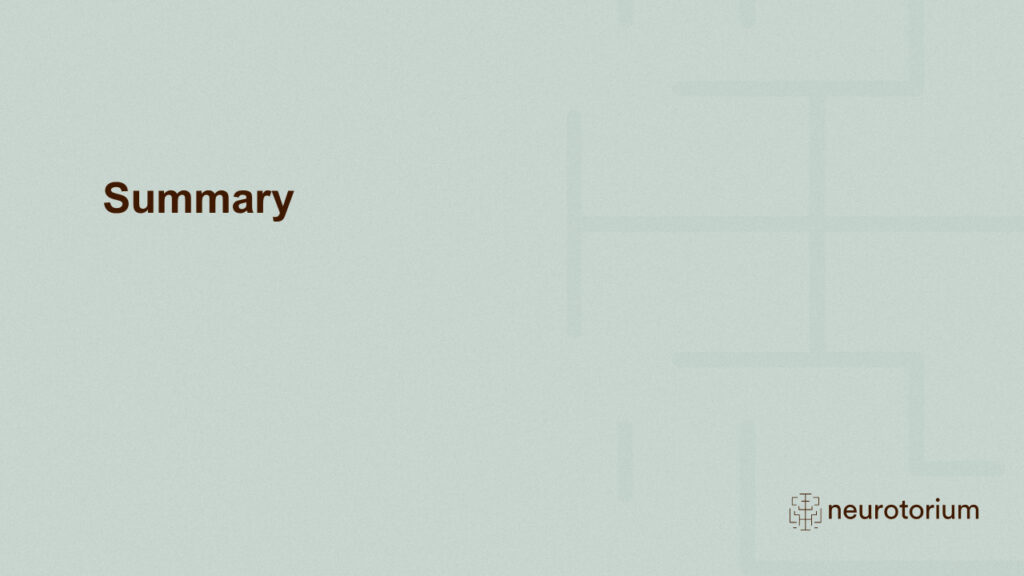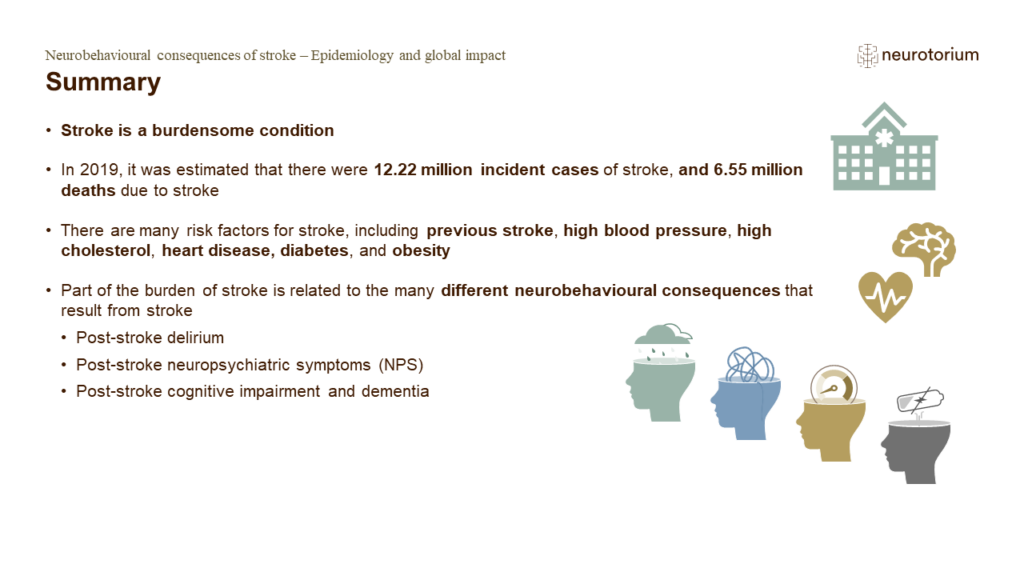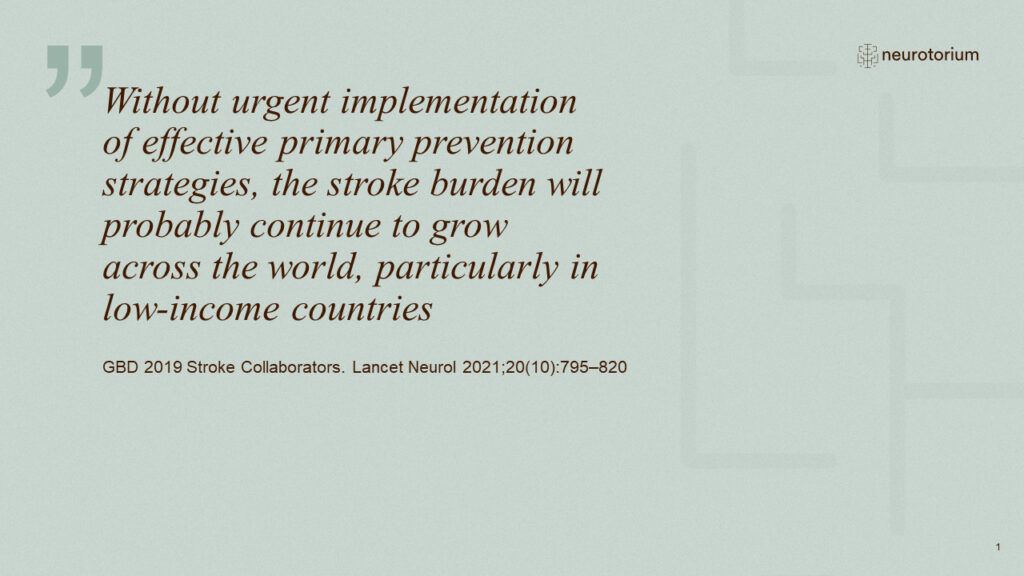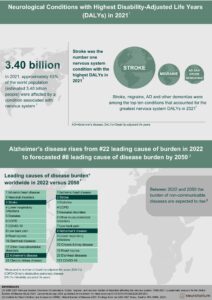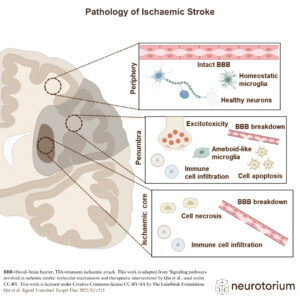Index for
slide deck
Introduction
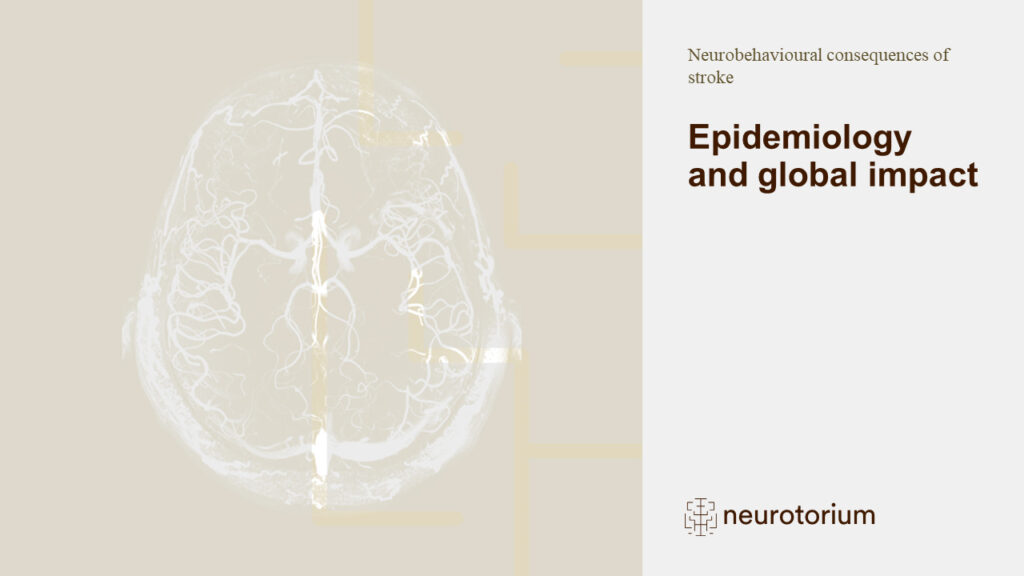
Epidemiology and global impact
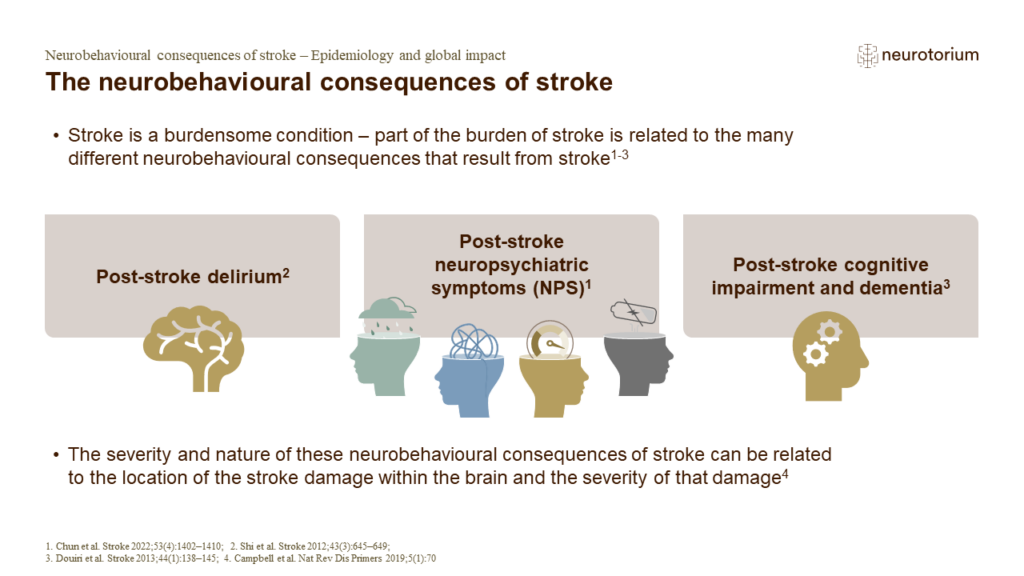
The neurobehavioural consequences of stroke
Depending on the severity and the location within the brain of the stroke pathology,4 the damage caused by a stroke can lead to severe neurobehavioural consequences, including neuropsychiatric symptoms (depression, anxiety, apathy, and fatigue), delirium, and cognitive im…
The burden of stroke
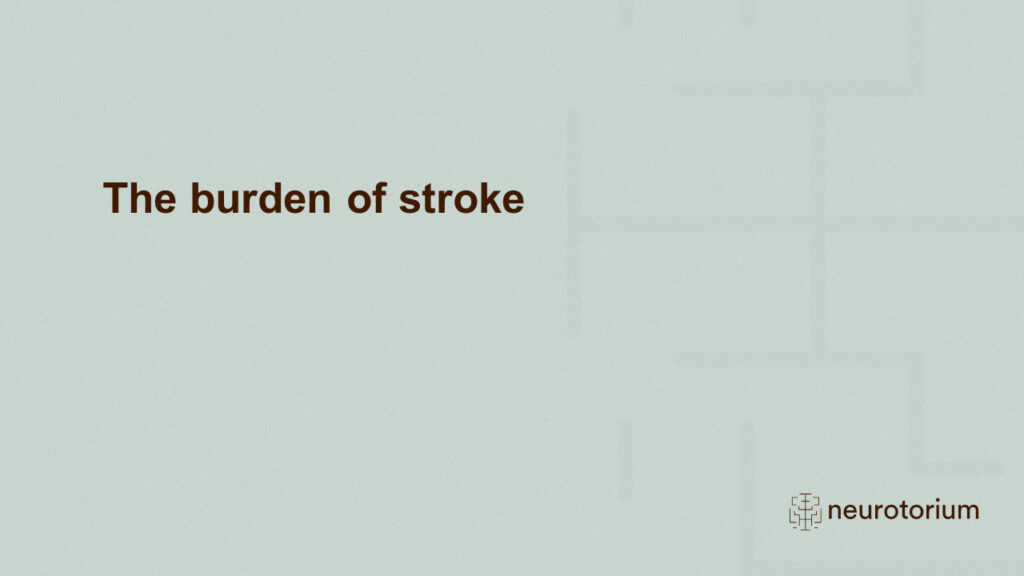
The burden of stroke
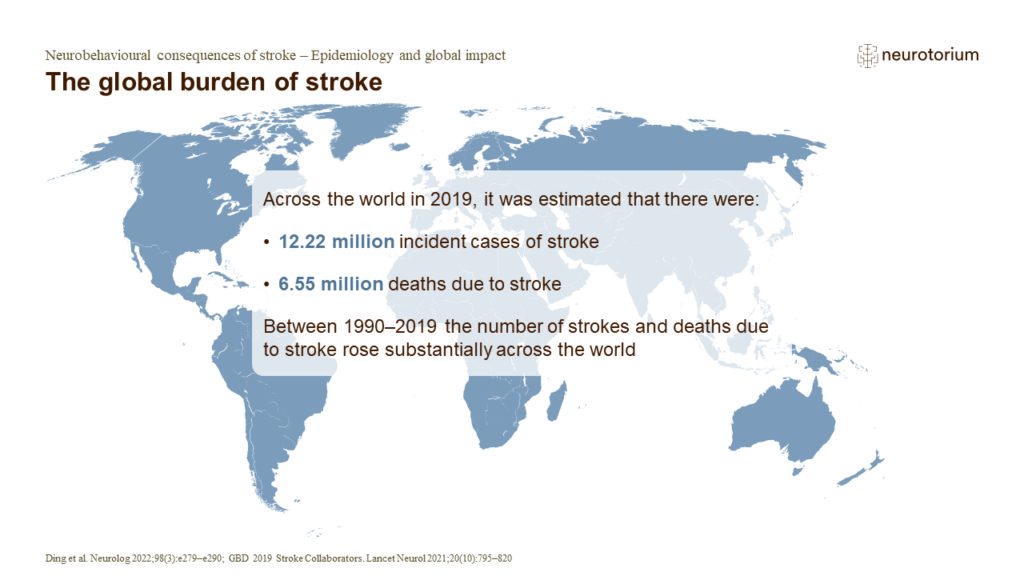
The global burden of stroke
Stroke is common across the world, and increased substantially between 1990–2019.2 The greatest rates of stroke burden are seen in low-income countries.2 In order to combat these increases, and halt the increases in the prevalence of stroke worldwide, effective primary pr…
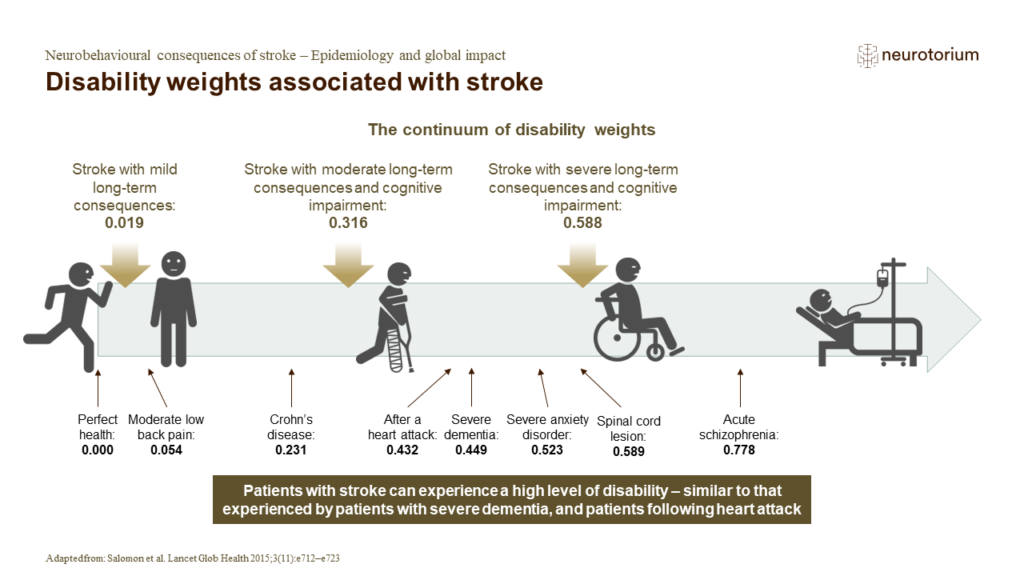
Disability weights associated with stroke
Health utility scores, examples of which are shown on the slide, can be generated using many different methods, including:2
- The standard gamble: individuals are presented with a choice between a certain health state (e.g., the current state), or a gamble with one better …
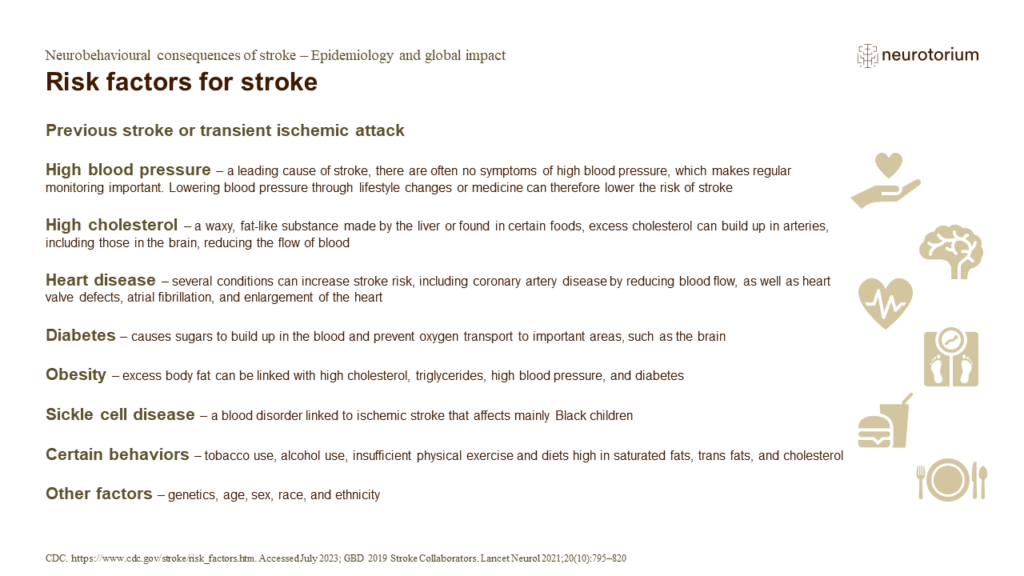
Risk factors for stroke
As outlined on the slide, there are many different risk factors for stroke, many of which overlap and interact with each other.1,2
References:
1. US Centre for Disease Control. https://www.cdc.gov/stroke/risk_factors.htm. Accessed July 2023.
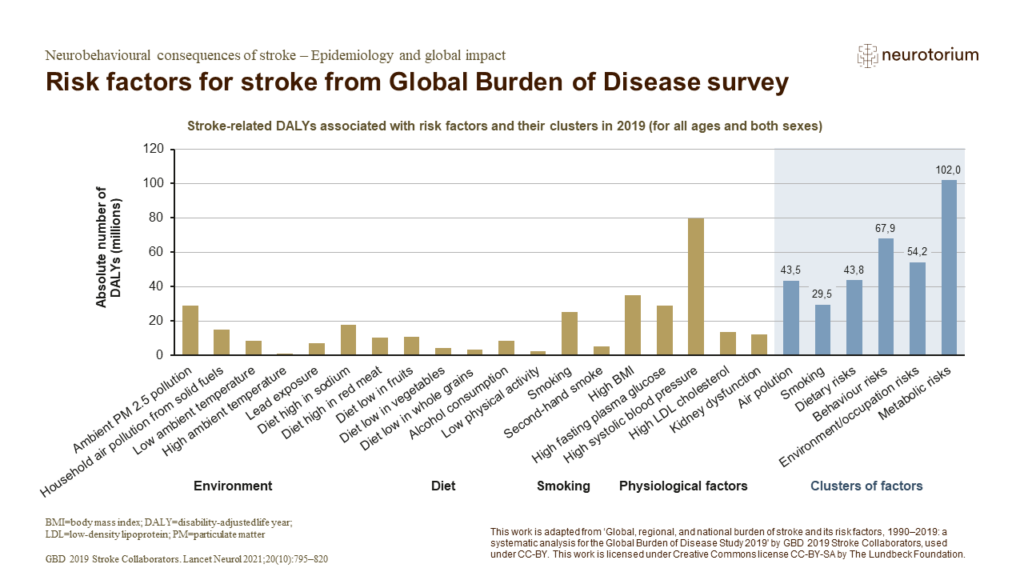
Risk factors for stroke from Global Burden of Disease survey
Data from the Global Burden of Disease survey 2019 have been used to model the burden of stroke, and the risk factors for stroke globally.1 In 2019, the leading risk factors contributing to stroke risk and combined disability-adjusted life years (DALYs) were hypertension,…
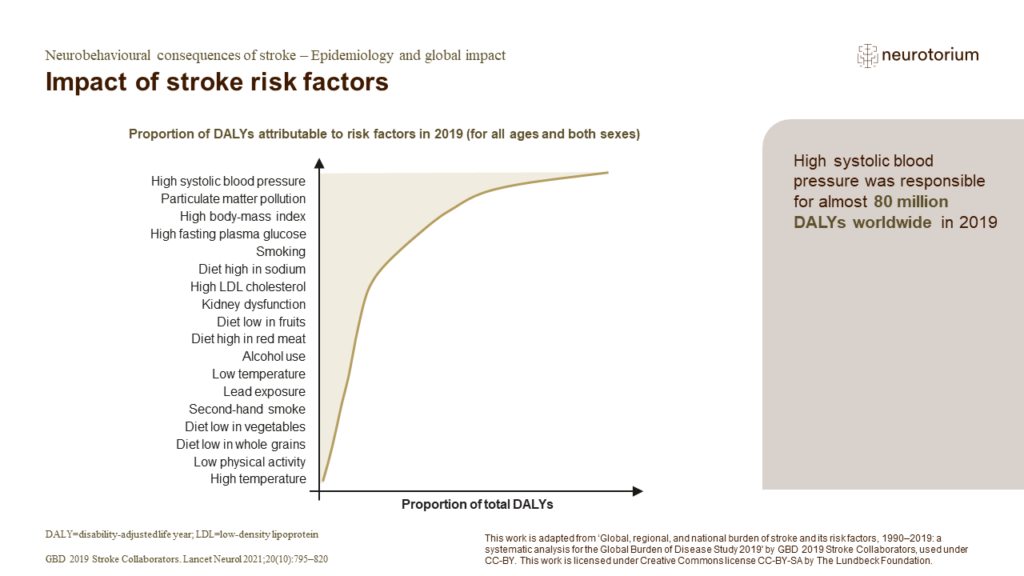
Impact of stroke risk factors
Data from the Global Burden of Disease surveys have been used to model the global, regional, and national burden of stroke and its risk factors, between 1990–2019.1 The analysis also modelled disability-adjusted life years (DALYs) due to the various risk factors of stroke…
Delirium after stroke

Delirium after stroke
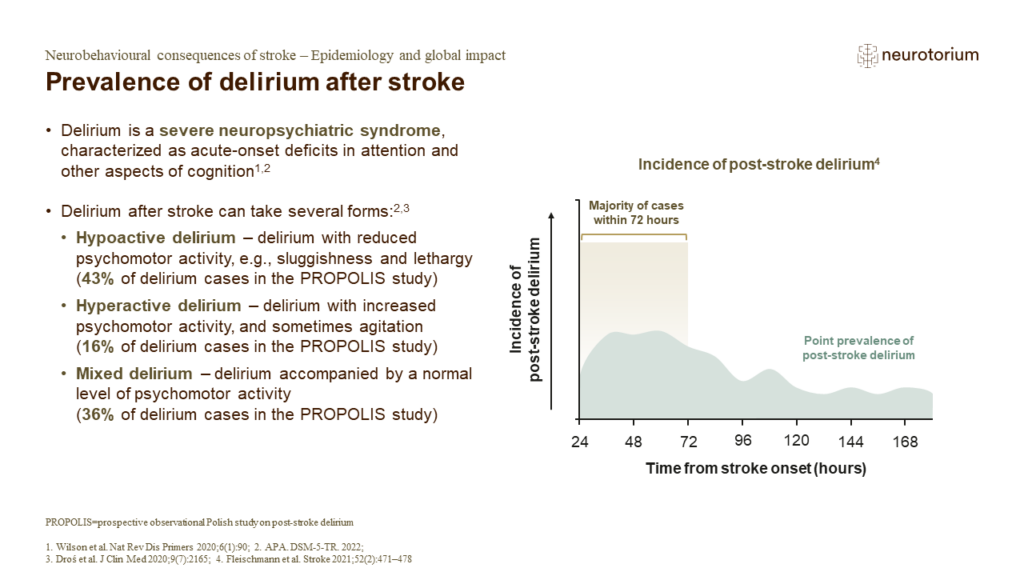
Prevalence of delirium after stroke
As well as acute-onset deficits in attention and other aspects of cognition, people with delirium often also experience altered arousal – ranging from reduced responsiveness to hypervigilance and severe agitation.1,2 Delirium can also include psychosis; i.e., symptoms of …
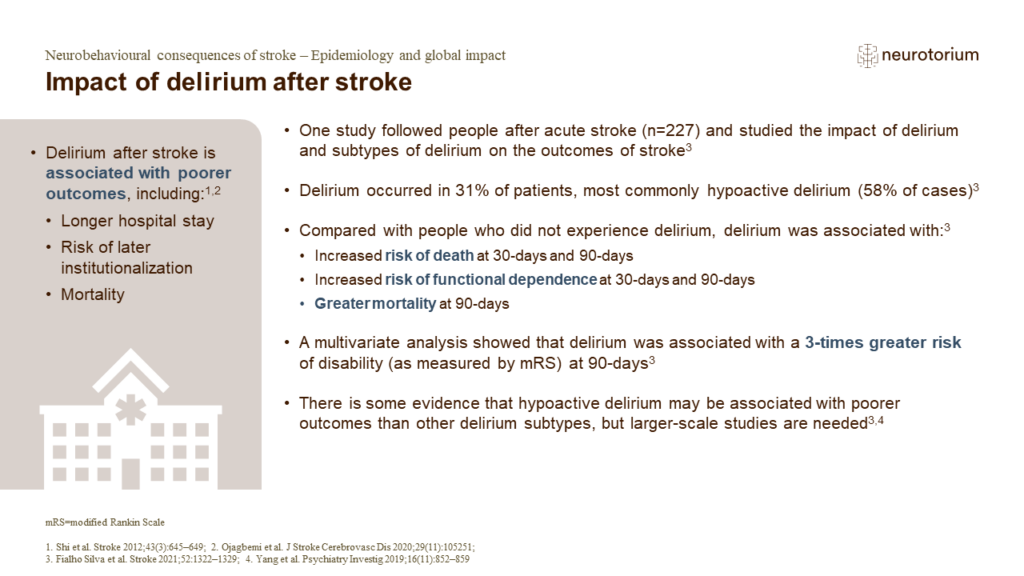
Impact of delirium after stroke
Delirium is common in stroke, and is associated with poorer outcomes for the patient.1,3 As well as delirium, attenuated delirium or sub-syndromal delirium after stroke has been studied, and may be a useful indicator of risk of cognitive impairment after stroke.5 In the s…
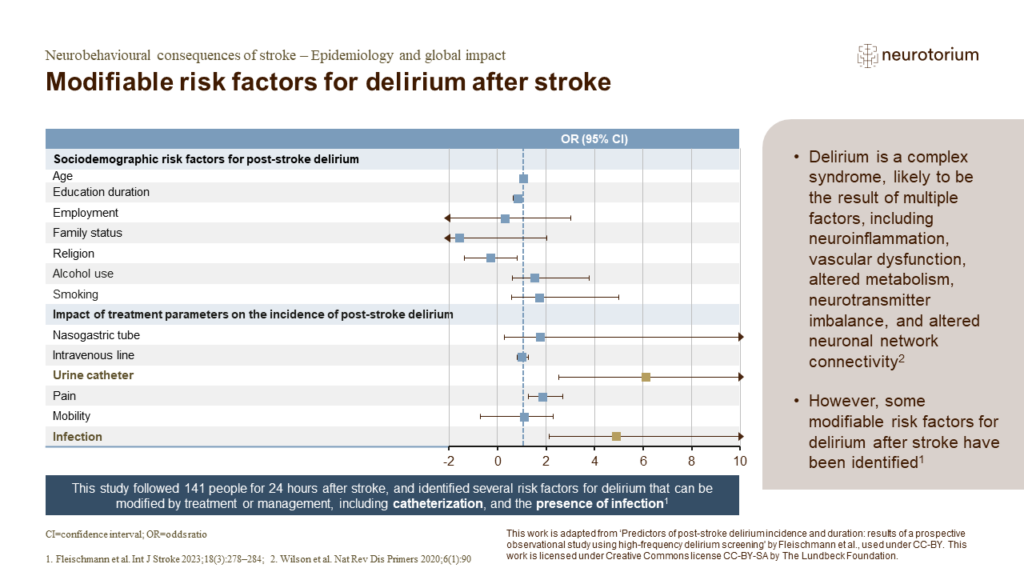
Modifiable risk factors for delirium after stroke
After stroke, people are particularly likely to have one or more of the known risk factors for stroke: cognitive impairment, visual impairment, infection, and dehydration.2-4 This study followed 141 patients after stroke, screening twice daily for post-stroke delirium thr…


